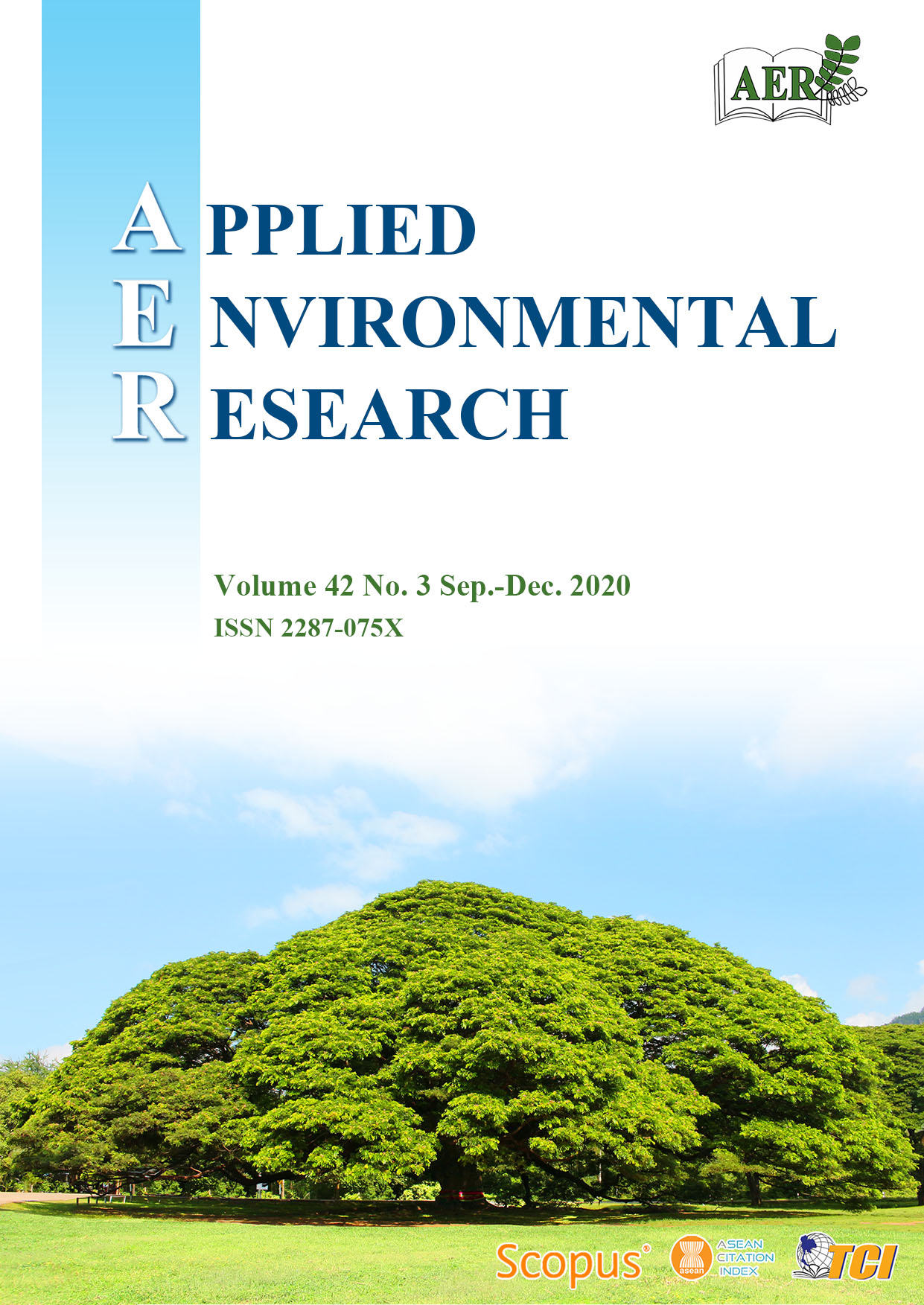Analysis and Modeling of Physiologic Equivalent Temperature of an Outdoor Environment
Main Article Content
Abstract
This study developed a model that depicts the relationship, strength, and direction of the causality between the predictor variables (microclimatic variables) and a response variable (ambient temperature) interpreted for the physiologic equivalent temperature of an environment. Data collected were microclimatic variables which include air circulation, relative humidity, mean radiant and ambient temperatures over land cover materials namely tarmac, grass, soil and concrete at the premises of Federal University Wukari, Taraba state of Nigeria at a guided height of 1.1 m. The data was collected using physical measurements with respect to time of the day; morning (8:00 – 9:00 am), afternoon (1:00 – 2:00 pm) and evening (6:00 – 7:00 pm) and season of the year; dry (November – March) and wet (April – October) from April 2016 to March 2017. Comparative analysis of the data obtained from the survey and that of the developed model gave percentage variation range of 0.5 – 6.8%. However, in both cases there is an association between the microclimatic variables and the ambient temperature on each of the considered materials, season and measurement intervals. The ranges of the physiological equivalent temperature for different grades of thermal sensation and physiological stress on the land cover materials in this study was 30.2 – 43.3 °C which of intense thermal range. The physiologic equivalent temperature analysis for the land cover materials showed that there was variation in the mean radiant temperature with intense thermal effect in season and measurement intervals. This study depicted that combined use of several land cover materials in a particular area has impact on the mean radiant temperature. This necessitate that the design of the land surface environment should be with due consideration to the convective heat exchange between the outdoor workers and the ambient environment for their thermal comfort and occupational heat stress.
Article Details

This work is licensed under a Creative Commons Attribution-NonCommercial 4.0 International License.
Published articles are under the copyright of the Applied Environmental Research effective when the article is accepted for publication thus granting Applied Environmental Research all rights for the work so that both parties may be protected from the consequences of unauthorized use. Partially or totally publication of an article elsewhere is possible only after the consent from the editors.

